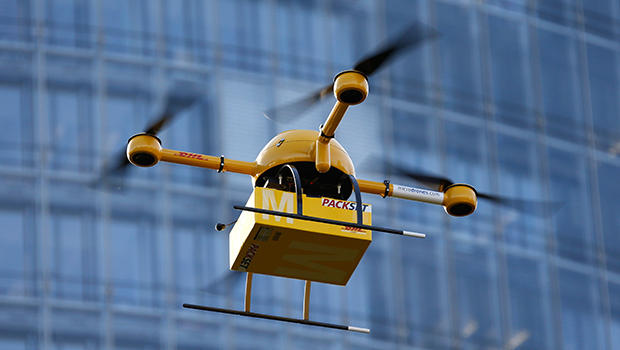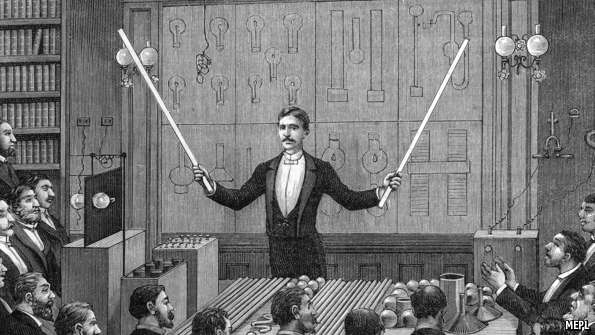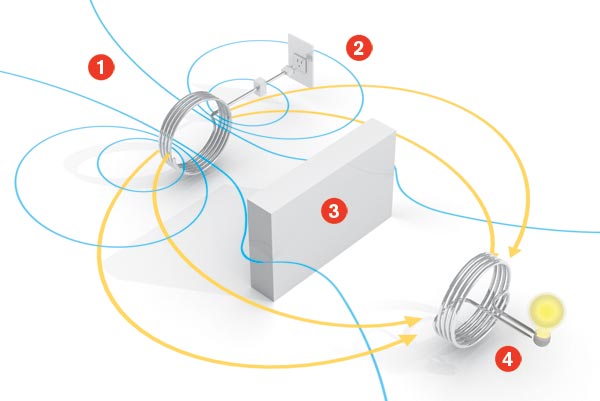According to the current trend of the development of the drone, in the future, whether it is to send parcels, or to look at the farm, to catch prisoners, this small and flexible aircraft seems to be competent. However, this guy is not without its shortcomings. The most annoying thing is the problem of insufficient battery life. At present, most of the drones that are on sale in the market do not stay in the air for more than 30 minutes on a single charge. After that, they need to replace the battery or connect to the power supply for charging.
This article refers to the address: http://

DHL transports parcels with drones
However, Joshua Smith, a computer scientist at the University of Washington, tried to change the embarrassing situation of drones. In May of this year, Joshua's own Wibotic company was established to solve the charging problem of automation products including drones and ground robots. He wants to abandon the physical connection. When the robot or drone is low, the power supply can be completed within a half-meter of the charging device. The startup LaserMotive, also from Seattle, is ambitious. The company is currently developing a system that uses lasers and photovoltaic cells to charge in-flight drones.
In fact, the idea of ​​transmitting electricity over the air has been around for more than a century. In 1893, Nikola Tesla, one of the advocates of industrial-grade power applications, showed the "stunts" of "lights across the house" at the Columbus Memorial in Chicago that year. However, the trick of this "light bulb" seems to be not worth mentioning at all compared to Tesla's long-cherished ambition. According to his ideas, in the future, "television" can be transmitted to the world by using towers and balloons. Even Tesla has successfully applied for the investment of JP Morgan Chase for the first test.

Nikola Tesla
Regrettably, as most physicists predicted at the time, Tesla's "wireless transmission" test ended in failure. Although Tesla's paranoia and love have once been criticized, it is undeniable that some reliable ways to achieve long-distance power transmission are receiving more and more attention. For example, Tesla's first attempted wireless charging technology has been implemented on mobile phones, and researchers are even developing similar wireless-powered kitchen appliances, military equipment such as head-up displays, heart pumps, and EEG. According to IHS, a well-known research institution in the market, the annual sales of such equipment is about 500 million US dollars, and the value will increase by 30 times in the next 10 years.
Standard question
Aside from the "laser power generation" mentioned by LaserMotive, there is a basic physical principle behind the mainstream wireless charging technology - induction. A vibration-induced magnetic field is generated by the alternating current of the primary coil, in which an induced current is generated in the secondary coil close to the primary. If the two coils are close to each other and the wire is wound in the same direction, the electromagnetic induction process will hardly lose any energy; but if the two coils are only separated by a few millimeters, or if one of the coils is arbitrarily oscillated, the power transmission efficiency will drop drastically. .

Coupled sensing principle
All of the current electric toothbrush products on the market use the coupled inductive wireless charging technology mentioned above. But if you want to use it on a drone, this means that the aircraft needs to hover over a fixed position above the charging device for a long time, which is obviously not practical.
The solution provided by Wibotic is to achieve efficient energy transfer by modulating the vibration frequency of the circuit in the energy transmitting device and the energy receiving device or by causing resonance at a specific frequency. This sensing method allows the distance between the two sides of the energy transmission/reception to be kept at the diameter of the coil. In addition to charging the drone, the charging device built according to this principle can be made into a bowl type or embedded under the table for a smart watch. , notebook computers and other products are powered.
Like electromagnetic induction, the idea of ​​generating current through magnetic field resonance was practiced by Tesla in the 1893 show. However, in order to generate an induced current at a specific distance, the entire system is specially optimized. However, the resonant sensing technology that has evolved to date can automatically change the electrification characteristics of its internal circuits as the situation changes. Therefore, Wibotic said that even if the drone violently shakes or windy weather, it will not affect the charging efficiency of the system. Philips has previously demonstrated a wireless charging function that relies on the coils embedded in the kitchen stove to be energized without the effects of splashing water, dirt and the like.
Regardless of whether wireless charging technology can be highly developed as Da Liu described in "Three-body", it is essential to establish at least a unified industry standard. However, since the beginning of the wireless charging technology in 1890, two scholars led by Tesla, who is inclined to use AC, and Edison, who advocates DC, have been arguing. For the consumer products, three major technical standards have been derived so far.
[1] Qi is the world's first organization to promote the standardization of wireless charging technology - the "wireless charging" standard introduced by the wireless charging alliance WPC. There are nearly 200 technology companies in the WPC membership. This standard allows wireless charging devices to have a maximum output power of less than 5W, which is generally used by mobile phone manufacturers. A total of 12 cars currently offer Qi-compliant wireless charging devices, and a total of 80 different models of smartphones can be adapted. In addition, some models of combo desks and bedside lamps sold by IKEA have built-in Qui-standard wireless chargers.
[2] The PMA standard, introduced by the Power Matters Alliance, is a direct competitor of Qi, focusing on the fast food market. At present, hundreds of McDonald's and Starbucks chain stores in the United States have begun to provide consumers with PMA-compliant wireless chargers;
[3] The Wireless Charging Alliance A4WP introduced the Rezence standard. It allows multiple devices to be charged at the same time, and is more flexible in terms of position and angle of the device. Its charging ability and time are more in line with consumer expectations, and the maximum transmission power does not exceed 50W. Although no electronic products have been introduced to the Rezence standard, Intel said it will integrate this technology on the next-generation micro processor chips developed for tablets and notebooks. A large number of new products will be available as early as next year.
In early June of this year, PMA and A4WP officially announced the merger. In the future, they will strive to integrate magnetic resonance and magnetic induction technologies to create a more uniform wireless charging standard. Obviously, the Qi standard of the WPC Alliance will be seriously affected. However, Apple's Apple Watch smartwatch, launched this year, uses wireless charging devices that are "self-reliant" and do not meet any of the standards on the market.

Solar Street Light is powered by crystal silicon solar cell,maintenance-free calve controlled sealed battery to store electricity,ultra-bright LED lamap as the light source,and controlled by intelligent charge and discharge controller,used to replace the tradional public electric lighting street light.
No need to lay cables,no need for ac power supply,no electricity charges; DC power supply,photosensitive control; solar street light has the advantages of good stability,long life,high lumious eeficiency,easy installation and maintenance,high safety performanc,energy conservation and environmental protection,economic and practical.
Solar Street Light
Solar Street Light,Solar Street Lamp,Smart Street Light,Solar Powered Street Lights
Jilin Province Wanhe light Co.,Ltd , https://www.wanhelight.com